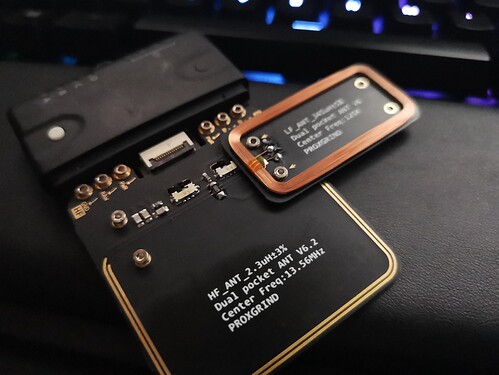This was something that I started recommending for those with an RDV4 and, from my experience, works better than the ProxLF. However, OP appears to have an Easy thus this isnt a viable option at present.
Another idea Ive had mixed success with is trying to locate the HF end of the NExT with hf tune then a read to confirm the positioning is correct. Once the HF side is found, the LF side is the opposite end of the implant so the idea would be to have the orientation of the implant in mind and try finding the LF side with lf tune again.
This may seem like a loosing battle but anytime I want to write to the LF side of my NExT, I spend ~5mins each time finding the right coupling, ensuring I can do it consistently (by reading) the issuing write operations.
Again, you can issue several commands in the one line by separating them with semicolons.
Example: lf search; lf search; lf search; lf search will issue 4 LF search commands back to back as each of the previous commands finish.
